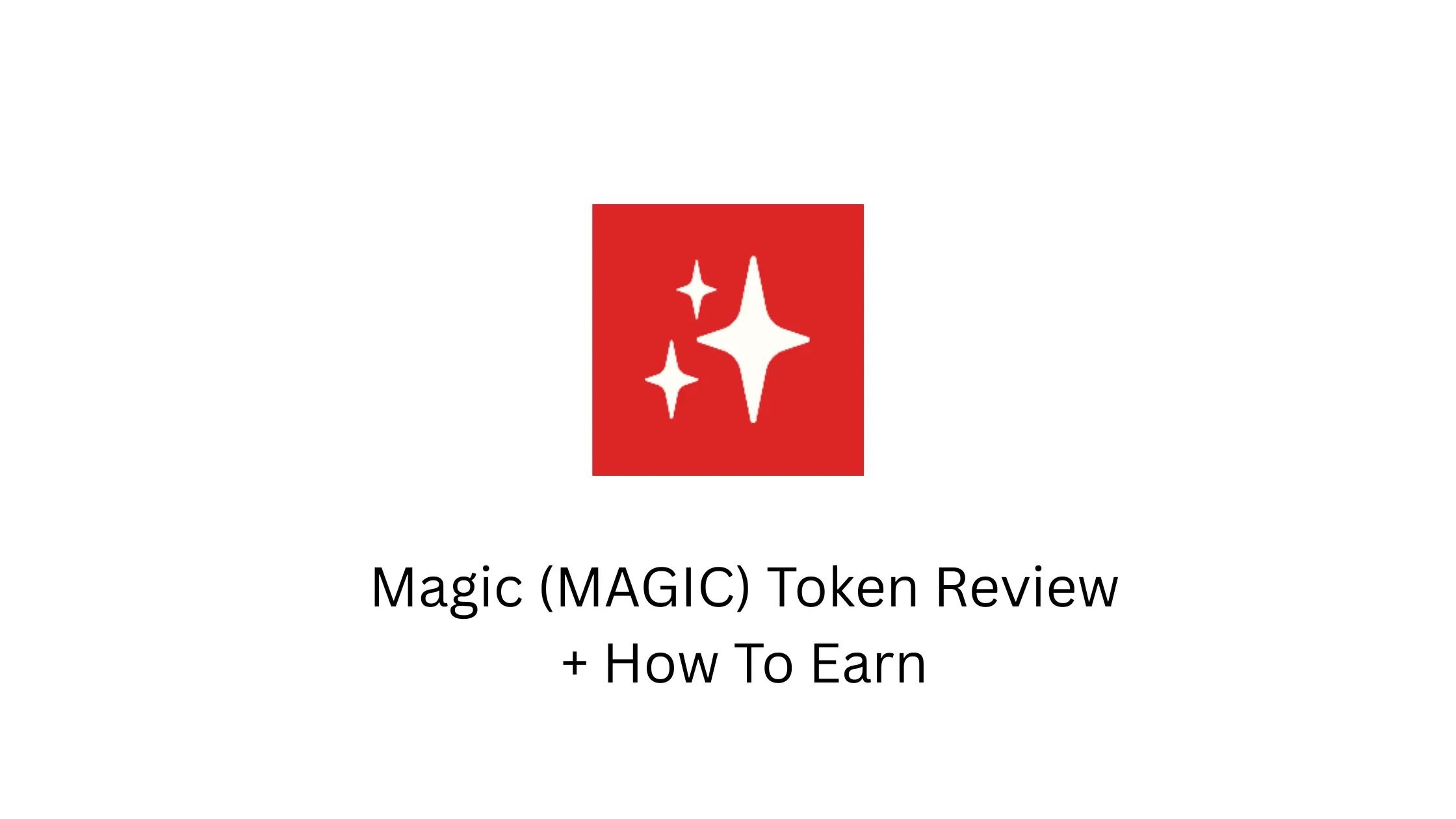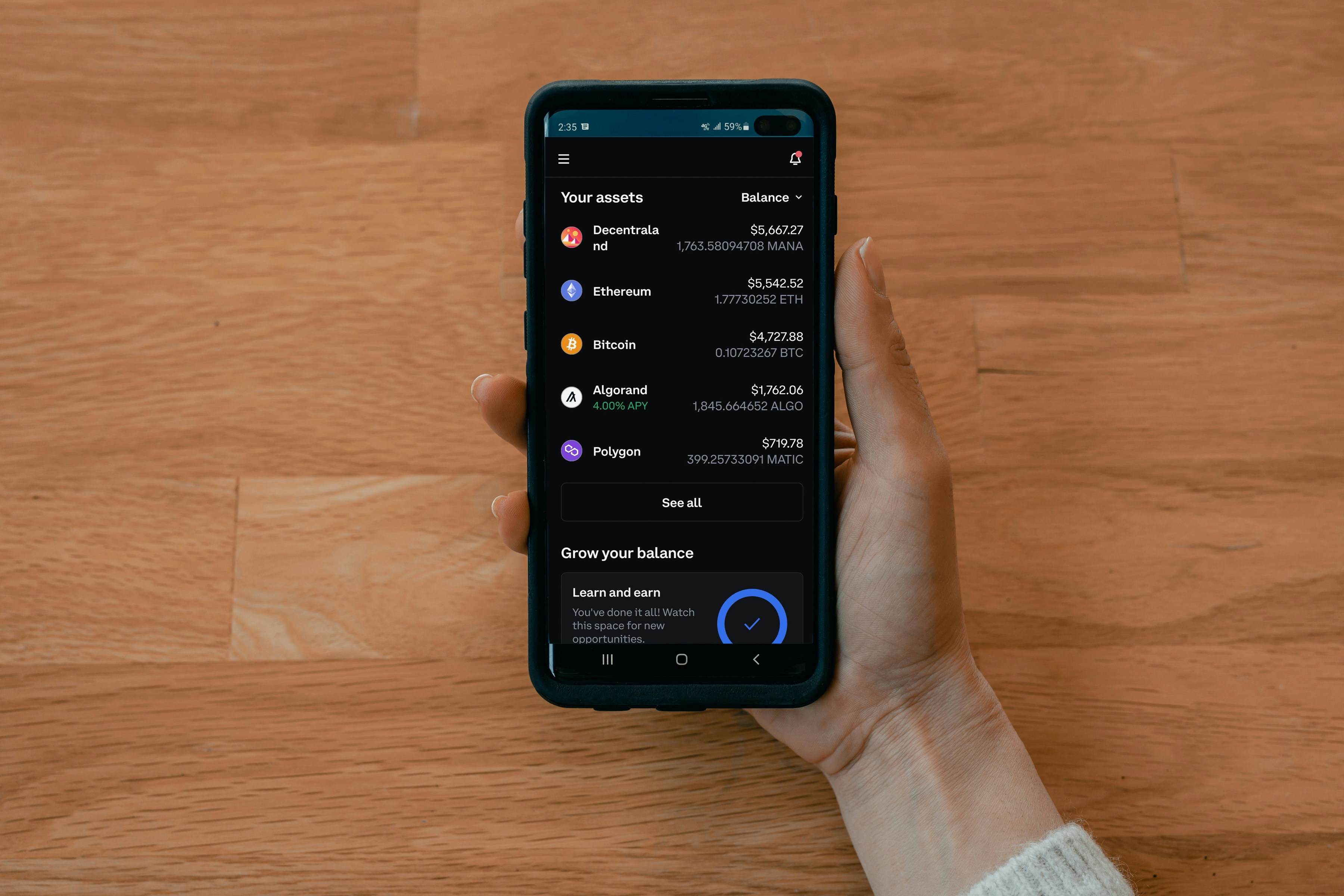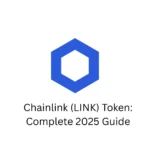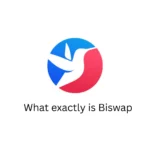Introduction
Magic (MAGIC) stands tall as the lifeblood of the Treasure ecosystem—a visionary blockchain gaming, NFT, and metaverse universe built to redefine digital ownership, interaction, and economic participation. Since its inception in 2021, Magic has evolved from a mere utility token to the foundational asset powering a multi-chain playground where players, creators, and investors converge. As decentralized entertainment goes mainstream, understanding Magic’s role in this ecosystem is key for enthusiasts and crypto investors alike.
This comprehensive guide breaks down Magic’s tokenomics, use cases, earning methods, ecosystem projects, and future outlook, arming you with all you need to know about this fascinating digital asset. Whether you’re a gamer curious about play-to-earn mechanics or a long-term holder eyeing governance participation, this article delivers.
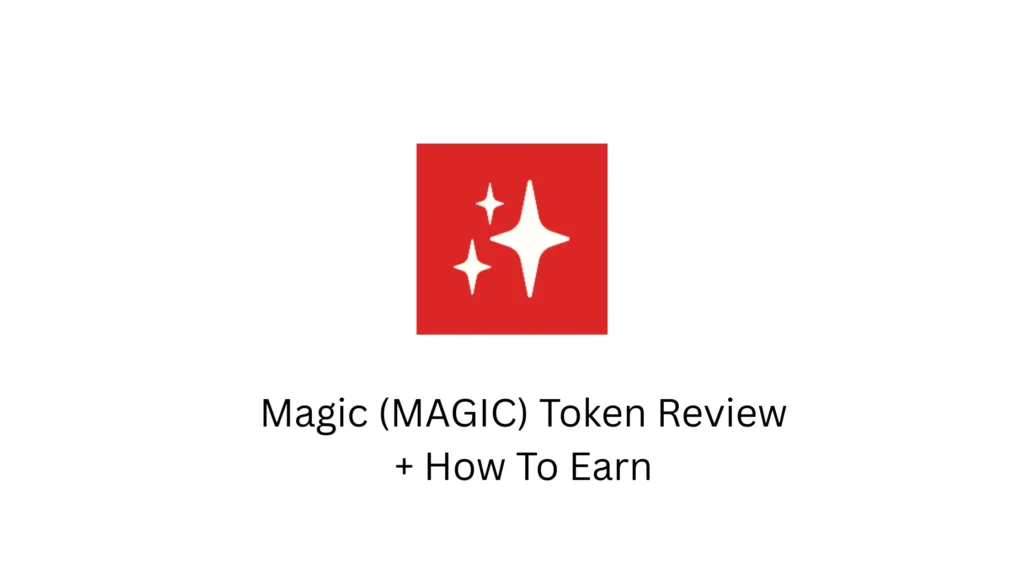
What Is Magic? A Token Beyond Currency
Magic (MAGIC) is a multi-chain ERC-20 token designed not just to act as currency but as a multifaceted instrument powering the Treasure ecosystem’s complex economy. Operating across Ethereum mainnet, Gnosis Chain, and Layer-2 solutions, Magic integrates seamlessly to facilitate:
- In-game economies where players mint and trade NFTs and craft virtual items
- Governance participation via the decentralized autonomous organization TreasureDAO
- Staking protocols that provide passive income and enhance network security
- NFT marketplace transactions involving virtual land, characters, and accessories
Magic is engineered to be the connective tissue of Treasure’s vast metaverse, ensuring interoperability, liquidity, and utility across games and platforms.
Detailed Price & Market Metrics (July 2025)
Magic maintains a competitive market presence with steady liquidity and trading activity. Key figures include:
- Price range: $0.12 to $0.17 USD per MAGIC token, showing moderate volatility typical of gaming tokens
- Market capitalization: Approximately $37–52 million USD, reflecting active community and investor interest
- Circulating supply: Around 307 million MAGIC tokens, indicating broad token distribution
- Maximum supply: Capped at about 347 million MAGIC, ensuring finite availability
- 24-hour trading volume: Between $8 million and $24 million USD, signifying healthy market engagement
These metrics underline Magic’s resilience and growth potential, especially as the Treasure ecosystem expands and attracts more players and developers.
In-Depth Tokenomics & Distribution Breakdown
Understanding Magic’s token distribution unveils how its economic model balances growth and scarcity:
- Community incentives (33%): A substantial chunk allocated to reward players, creators, and ecosystem participants. This fosters an engaged, motivated user base.
- Mining rewards (25%): Tokens set aside for mining operations and network security, incentivizing node operators and infrastructure providers.
- Liquidity and staking pools (17%): To support smooth trading and reward token stakers, this portion ensures liquidity and passive yield opportunities.
- Ecosystem fund (15%): Reserves allocated for future development, partnerships, and unforeseen strategic needs.
- Contributor grants (10%): Rewards for developers, content creators, and ecosystem builders who add value to Treasure’s universe.
This distribution ensures that Magic’s supply is not only controlled but strategically channeled towards ecosystem longevity and user empowerment.
Extensive Utility Across the Treasure Ecosystem
Magic’s utility is what truly sets it apart. Let’s explore its role across the different dimensions of Treasure’s metaverse.
In-Game Currency: The Heartbeat of Digital Play
Within games like Smolworld and Bridgeworld, Magic isn’t just a token—it’s the economic heartbeat. Players use MAGIC to mint unique NFTs, craft weapons and accessories, purchase land parcels, and upgrade their avatars. This dynamic usage drives continuous token demand, ensuring that gameplay is tightly coupled with tokenomics. The currency encourages player creativity, incentivizes time investment, and fuels a vibrant digital economy where assets have real-world value.
NFT Marketplace: The Digital Bazaar
The Treasure NFT marketplace thrives on MAGIC as the universal medium of exchange. Thousands of NFTs—from virtual lands to rare skins and AI agents—are bought and sold in MAGIC, creating a seamless economic environment. Marketplace fees charged in MAGIC are partly burned, implementing a deflationary pressure that gradually reduces token supply and benefits holders. The marketplace also facilitates auctions, limited edition drops, and creator royalties, all orchestrated through MAGIC transactions.
Staking & Yield Farming: Passive Income Meets Governance Power
Staking MAGIC tokens unlocks significant benefits. Platforms like Atlas Mine allow holders to lock their tokens and earn yields ranging from 5% to 20% annually, depending on staking duration and pool performance. Beyond passive income, staking enhances voting power within TreasureDAO, giving stakers a direct voice in ecosystem governance. This dual benefit of earning while influencing development incentivizes long-term holding and active community participation.
Governance: Decentralizing the Future of Gaming
Magic holders don’t just play—they govern. TreasureDAO empowers the community to propose and vote on critical ecosystem decisions including funding allocations, new game features, token burns, and partnership opportunities. This democratic governance model ensures that Treasure evolves according to collective vision rather than centralized control, fostering transparency, innovation, and fairness.
Deflationary Burn Mechanisms: Protecting Token Value
Magic incorporates several smart burn mechanisms designed to reduce circulating supply over time. A percentage of in-game transaction fees and marketplace commissions are burned automatically, while special burn events tie token destruction to gameplay milestones. This deflationary approach counterbalances token issuance, curbs inflation, and helps maintain or increase token value as ecosystem activity scales.
Major Ecosystem Projects Driving Magic’s Adoption
AI Agent Marketplace: The Future of On-Chain Intelligence
A standout feature of Treasure’s ecosystem is the AI Agent Marketplace, where users can buy, sell, and mint intelligent on-chain bots. These agents perform automated tasks—from managing resources to trading NFTs—offering utility and innovation within the metaverse. MAGIC fuels the creation, purchase, and operational costs of these agents, intertwining AI with blockchain gaming in a novel way.
Smolworld: Build, Explore, and Earn
Smolworld invites players into a richly detailed, user-generated world where land ownership, asset creation, and social interaction blend seamlessly. All LAND and assets are minted with MAGIC, and players can earn tokens by hosting mini-games, selling crafted items, or organizing events. This open-world approach combines creativity and economics, turning gameplay into a vibrant entrepreneurial platform.
Bridgeworld Canopy: Cross-World Adventures
Bridgeworld Canopy expands the Treasure universe through interconnected zones accessible via MAGIC-powered portals. Players can craft seasonal collectibles, complete quests, and participate in time-limited events that reward MAGIC tokens. This multi-world design enhances engagement and token circulation, deepening player immersion.
How to Earn MAGIC: From Passive Rewards to Active Gameplay
Staking & Yield Farming: Let Your Tokens Work for You
By staking MAGIC on supported platforms like Atlas Mine, holders earn steady returns in the form of additional tokens. Yield farming also offers opportunities to provide liquidity to decentralized exchanges, earning fees and incentives. These mechanisms encourage users to lock tokens, reducing supply volatility and fostering ecosystem stability.
Play-to-Earn: Turning Gaming Time into Real Rewards
Treasure’s play-to-earn model rewards gamers for skill, creativity, and participation. Completing quests, winning battles, or crafting limited-edition items grants MAGIC tokens. This transforms gaming from pure entertainment into a potential income source, attracting players motivated by both fun and financial gain.
Marketplace Activity: Trading, Crafting, and Discovering Value
Active participation in the NFT marketplace offers avenues to earn MAGIC by selling rare assets, creating popular items, or benefiting from referral programs. Seasonal events and promotional campaigns often reward marketplace users with bonus MAGIC, incentivizing ongoing engagement.
Ecosystem Campaigns: Join the Community and Reap Rewards
TreasureDAO organizes frequent community initiatives—such as AMAs, content creation contests, and treasure hunts—that reward contributors with MAGIC tokens. These campaigns empower fans, content creators, and developers to shape the ecosystem while earning valuable tokens.
Price Behavior & Momentum: Understanding Market Dynamics
MAGIC’s price history is characterized by bursts of high volatility linked to ecosystem milestones. The 170% surge following AI Agent Marketplace announcements highlighted investor enthusiasm. Price generally fluctuates between $0.12 and $0.17 USD but can spike during new game launches, staking updates, or burn events. This dynamic behavior reflects the strong coupling between token value and ecosystem activity.
Price Forecasts & Analyst Opinions: What to Expect
Analyst forecasts for MAGIC vary, with many predicting gradual appreciation alongside ecosystem growth. Short-term prices are expected to hover between $0.12 and $0.15, while optimistic long-term projections place the token at $0.30 to $0.40 by 2027. These forecasts assume continued player adoption, new game rollouts, and effective tokenomics management by TreasureDAO.
Risks & Considerations: What Every Investor Should Know
Ecosystem Dependency
MAGIC’s value is intrinsically linked to Treasure’s gaming ecosystem success. Reduced player engagement or stalled game development could suppress token demand.
Token Volatility
Price fluctuations are common, especially around announcements and events. Potential investors should brace for high volatility typical of gaming tokens.
Smart Contract Risks
As with any blockchain asset, vulnerabilities in smart contracts or unforeseen bugs could impact MAGIC’s utility or security.
Regulatory and Market Risks
Cryptocurrency regulation changes or adverse market conditions may influence token liquidity and investor confidence.
FAQs
What is Magic (MAGIC)?
Magic is the native token powering Treasure’s decentralized metaverse, used for gaming, NFTs, governance, and staking.
How can I earn MAGIC?
Earn MAGIC through staking, playing Treasure games, trading NFTs, and participating in community campaigns.
Is MAGIC deflationary?
Yes, parts of transaction fees and periodic burn events reduce circulating supply.
Where can I buy MAGIC?
MAGIC is available on major exchanges and decentralized platforms supporting ERC-20 tokens.
Can I vote in TreasureDAO with MAGIC?
Yes, staking MAGIC grants voting rights in ecosystem governance decisions.
Conclusion
Magic (MAGIC) represents a powerful fusion of gaming, NFTs, and decentralized governance within the Treasure metaverse. Its broad utility, deflationary economics, and multi-chain support make it a compelling token for gamers, creators, and investors. As Treasure continues to expand with innovative projects like AI agents and cross-world gameplay, MAGIC’s role will only deepen, offering both entertainment and economic opportunities. For anyone serious about the future of decentralized gaming and digital assets, Magic is a must-watch—and a token to hold with conviction.
